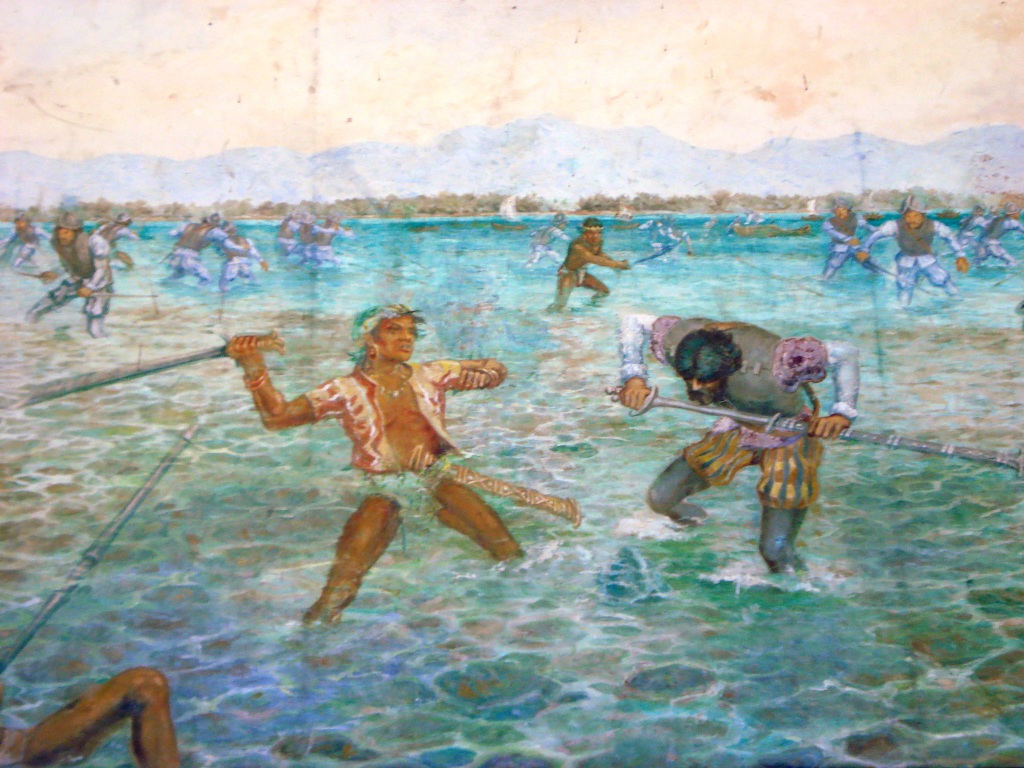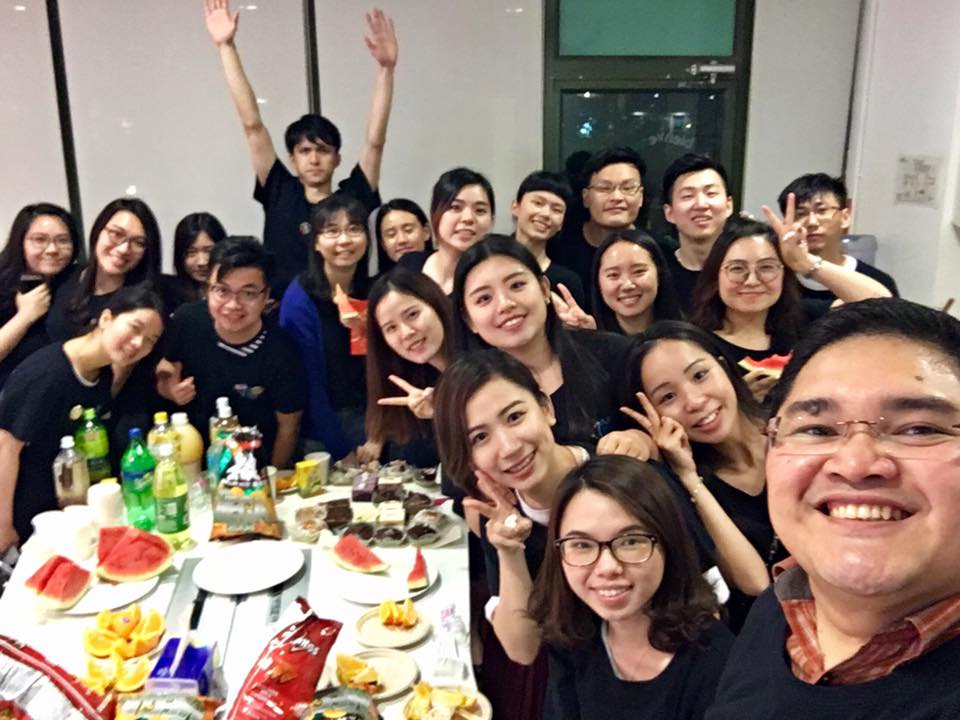From time to time, I am reminded that I am brown. The reminder comes from a lady who by skin classification is yellow. She is Chinese. She cannot be racist. It is a stone against the mirror if she were – she married me.
Growing up in the Philippines, there was a time when one’s social status was assumed based on skin colour. Fair skin was easily associated with wealth, a comfortable lifestyle or a good profession. Dark skin was the opposite; it was perceived to be indicative of hard labour, lack of education or poor living conditions.
This skin colour stereotyping permeated geography. The farther away one lived from the capital, Manila, the “browner” the attributes assigned to that person got. Expect then to be at the farthest end of the brown spectrum when Google Maps fails to show the coordinates of your location.
Needless to say, no amount of explanation can right this wrong.
This active or subconscious colour profiling could be an inherited hang up. Our colonial mentality fuels our inferiority. And arguably this has been largely influenced by what we learned in school. There was of course no attempt from teachers at grooming racism or hammering a subservient second-class citizen mentality into students. It was more a result of being attentive in class and a deeper reflection on how we could not allow history to repeat itself.

For years in primary and secondary school, we travelled back in time in Philippine history when foreign influences came, went and stayed. We read, listened, wrote and acted out scenes about our fight for independence while a colony of Spain for over three centuries. We embraced the superiority of the American brand, owing to its transformative influence on our educational system and our concepts of freedom and democracy. And we never forgot about the astute Chinese merchants who arrived on our shores to make ends meet and now run empires covering land, sea and air. Narratives in our history evolved from being heroes to oppressors, from being the bullied to bolo-wielding strategists, from being slaves to hitting the headlines.
So where is the brown Filipino now? We are the modern-day David that successfully slayed the giant yet remains haunted by Goliath.
There were significant changes though as technology became more accessible to people. When the internet gave rise to social media beyond mIRC, people grew not just more connected but also aware and empowered. Slowly the egg cracked open to opportunities to learn, understand and argue. We developed a greater sense of self and started piecing together a collective identity. Equality jumped out of the books and became a living right, not merely preached. Getting from A to Z and being front and centre visibly took the form of the moon – far yet not impossible to land on.
Ironically, despite all these developments in a more civilised society, the struggle continues. Racial discrimination is still pervasive even in liberal democracies. The challenge to be on the same launch pad to success has become more pronounced. And there still appears to be higher regard for non-coloured talents in recruitment, hiring and promotions. But while an increase in the volume of reported cases of racial discrimination sets the alarm bells ringing as it flags up persistent indifference, it could also offer a rallying point and further galvanise a movement towards real change.
The current pandemic lends itself as an example. As countries close off borders, limit mobility and implement stringent health measures, people have seemingly become tolerant of demarcation lines that put ethnic minority groups at a disadvantage. Asians in general have become easy targets in the West, unfairly labeled as coronavirus-carriers and their safety compromised as they carry out day-to-day activities. Unchecked, regulations could also prove detrimental to migrant workers where travel bans put on hold employment contracts and quarantine arrangements strain resources.
In some respects, this brings forth an internal dilemma, a split personality if you will where one part is convinced of being brown and the other half zooms in on the tinge of foreign blood running in one’s veins to claim some supposed level of entitlement. This may shed light on our agility and resilience as a Filipino, how fast we can assimilate into foreign or new environments. But not many are brave enough to declare and defend the obvious. Some would cover up their being brown, resigned to being next in rank, if only to belong, when in truth, the perceived race among races always results to an unbreakable tie at first place.
It could also be that the challenge to belong is magnified more by a self-conscious effort to prove to be a co-equal. Global cities like Hong Kong for example present many opportunities to express our individuality, to advance and improve competitively as a professional. Yet there is this little brown voice that whispers that the playing field is still not even and fair. And this puts us on a fight mode, even if the real battle may never really be about race but what we can bring to the table.
When I met my wife in graduate school here in Hong Kong, I did not think she was completely different to a Filipino. She was very much a Filipino in my own appreciation of what a Filipino is – selfless, thoughtful and family-oriented. I viewed my roommates in graduate school, who are all from Mainland China, no differently. When we put aside the politics of our governments over ocean claims, we bonded around the same aspirations for a good life, a blossoming career, a happy family and excellent grades. We all loved our mothers. We all were proud of our countries. We all enjoyed eating. And while language was a barrier, there was a genuine intention to communicate and become friends. In hindsight, my being brown was more a concern that I could have decided to set aside without losing the Filipino in me.
As I got into a relationship and later on married my wife, this changed. Yes, my wife reminds me that I’m brown, but she reminds me, too, that that makes me no different from being yellow, black or white. She dropped her Chinese family name in favour of mine. Between congee and PureFoods corned beef for breakfast, without question she waves the Philippine flag. And while life back at our respective homes may prove to be more comfortable, she has never doubted my ability to move and summit mountains wherever life brings us both.
Admittedly as I contemplate on how much further I could go, I still hear a tiny voice inside me whispering that I am brown. Instead of dismissing it, I whisper back: “And that is fine.”



